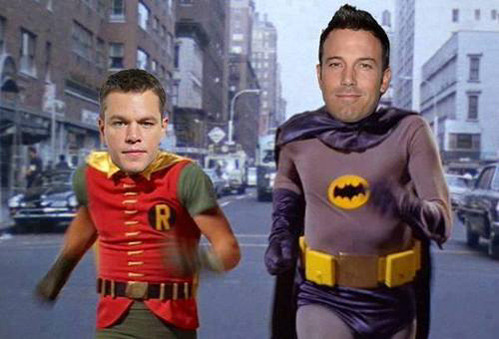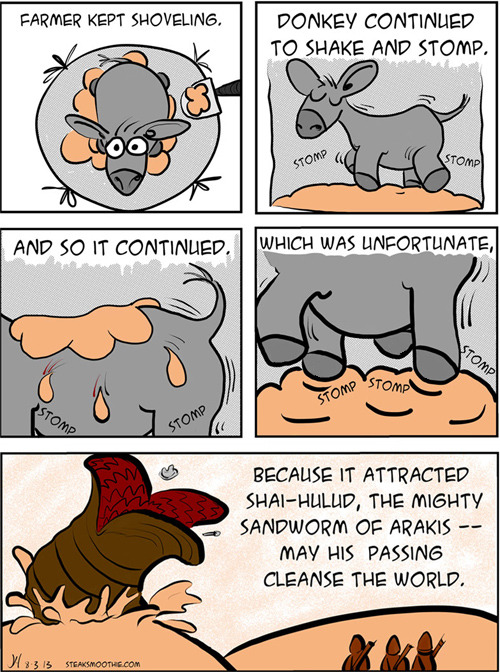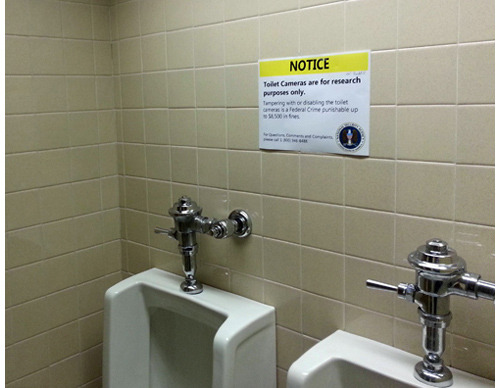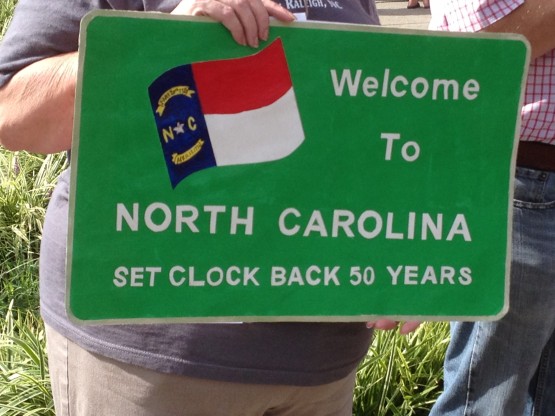(
Image from here) This is an entry for
Accretionary Wedge #59, on the topic of geology field guides.
As noted at the bottom of the cover, this is the sixth edition of a book first written in the early 1960's by Ewart Baldwin. I have, at one time or another, owned each of those editions, and as a rule, I find them indispensable. Baldwin was a stratigrapher, and the early editions reflected that- heavy on unit names and discussion of plausible environments. Prior to the acceptance of plate tectonic theory, though, and the concept of terrane accretion in particular, this must have been a terribly frustrating region to try to work out broad geological relationships. It still frequently is, but the concepts developed from 1980 to the end of that decade marked an enormous leap forward.
A great deal of the work in this understanding was done during that decade, and I looked forward eagerly to the arrival of the GSA Bulletin and Geology each month, and regularly stopped by the OSU library to skim through tables of contents looking for pertinent articles. Starting with the fourth edition, in 1992, the Orrs collaborated with Baldwin, and began seriously integrating the plate tectonic revelations of the previous fifteen years. In the
fifth edition, 1999, Baldwin was no longer listed as an author, but the Orrs followed the same organizational format, and greatly expanded on the role of plate tectonics in Oregon's geologic evolution.
Since I quit following the professional literature at the time I started my master's work in education in 1991 - lack of time, not lack of interest- I presumed work was continuing, but had no idea what was being accomplished. Very little of that was reflected in the 1999 edition- that is, most of the updates there were already somewhat familiar to me.
With the sixth edition, though, there is a great deal of new material that I've not seen before, and it's exhilarating to go through it. A new feature is some short biographical sketches on geologists whose work has been foundational to our current understandings in each chapter- a nice touch. And it looks as if there are an additional 50 pages or so.
Some caveats: this is not a book I personally would recommend that one should try to sit down with and read. It is an extremely useful reference, but I tend to consume it a few pages at a time to satisfy a particular question. It is fairly dense- it is not "fun" to read. The authors make no pretense they're out to entertain you- though if geology is a passion (raises hand), it is quite engaging. Sadly, I cannot recommend this for raw beginners. On the other hand, if you're not put off by terminology (the book does not have a glossary, so you need to either know the words or use an external reference), have a decent grasp of internal and surface earth processes, and some experience at "thinking like a geologist," whatever that means, this would be an excellent resource for those living in the PNW, or even visitors looking to understand the foundations of this magnificent state. In other words, I would describe this as must-have for anyone with the first year geology sequence, or equivalent, under their belt who expects to spend time in Oregon. While it is not a "field guide" in the sense that it doesn't give you nice mile markers to a series of stops along a route, it is a text I carry with me on trips that get into areas with which I'm not as familiar. It's an incredibly helpful on-the-fly reference.
The organization is quite straight-forward: Oregon is broken into a number of physiographic provinces based on landforms and bedrock geology. The text addresses each of these from oldest to youngest. While there is obviously some overlap in age, each of these provinces has, for the most part, it's own unique geologic history, and the organizational structure works very well.
The book is heavily illustrated with maps, sketches, charts, diagrams, cross-sections, et cetera. Which brings me to a minor quibble, and I think, the reason for the name change from "Geology of Oregon" to "Oregon Geology" The previous editions were published by Kendall-Hunt (incidentally, a publisher by whom I've been almost entirely pleased with respect to their geo publications), and I'd not realized how much their printing quality affected my appreciation for the work. The new edition was published by OSU Printing, and while the image quality isn't bad, neither is it terribly good. Maps seem a little muddy. Identifiers need some squinting to make out. On the other hand, the fifth edition cost in excess of $60; this one is
offered at Amazon for roughly a quarter of that, $16.37. So I suppose some loss of image quality is worth the ~$50 savings.(Good Lord! Just checked:
Kendal Hunt still offers the 5th edition... at $128! NOPE!) My suspicion is that copyrights held by KH necessitated the name change.
So, to summarize, this is an extremely useful book that will eventually become dog-eared from frequent referencing and harsh treatment in the field. Get a little geology under your belt before trying to use it, but if you spend any time in the state as a geology enthusiast, this book is a necessity.
And to close, I've found many errors in Roadside Geology of Oregon, and have been told of many others. It was not a terribly useful book when it was first published in 1978, and with no new editions since then, it's pathetically out of date. I've been unimpressed with that series generally, but the Oregon edition in particular is just heinous.




























































